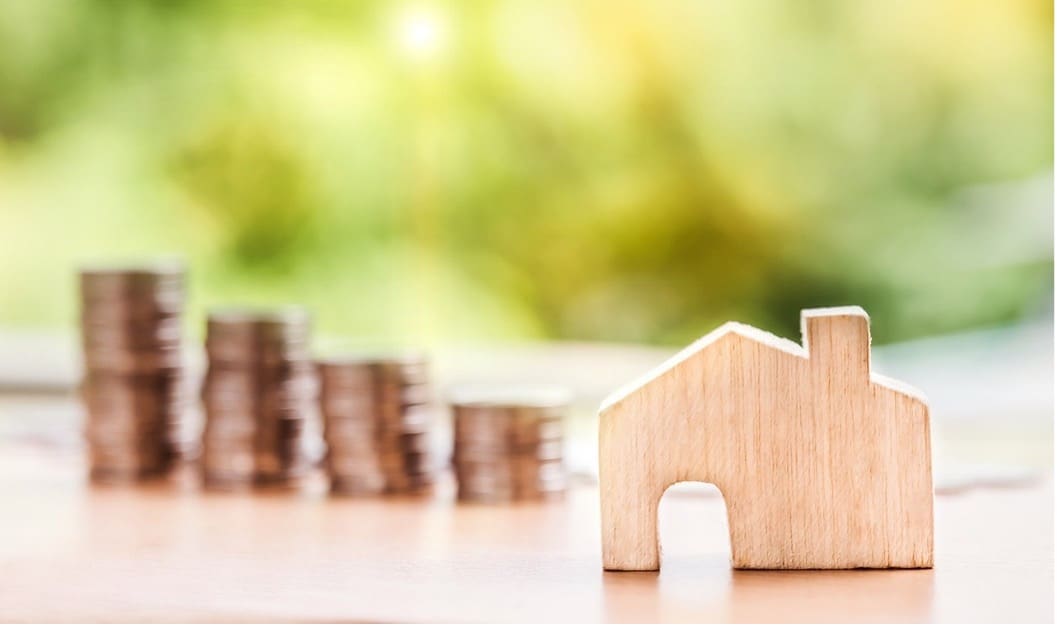The UK government launched a Green Finance Strategy in 2019, which included a £5 million fund to help the financial sector develop green finance products, including green mortgages.
Lenders also see green properties and eco-conscious borrowers as lower-risk investments. This is partly because energy-efficient properties are cheaper to run, so your energy bills will be lower. Saving money on energy bills should make it easier for you to afford your mortgage repayments. Energy-efficient properties are also considered low risk because they are more likely to hold their value and less likely to need major improvements to improve their efficiency in the future.
As the UK continues to work towards a net zero future, Amanda Aumonier – Director of Sales & Operations at Better.co.uk – shared details on the topics of green mortgages and lenders, EPC ratings, and tips on making your home greener:
Amanda shares that a green mortgage rewards you for buying an energy-efficient home or for making energy-saving home improvements. The criteria typically include the house having a high Energy Performance Certificate (EPC) rating – usually A or B – or have a rating of more than 80.
Amanda shared that “seven energy-saving home improvements that can make your home green include insulation, LED lighting, smart thermostats, solar panels, double glazing, energy-efficient boilers, and water-saving devices.”
There is currently a limited number of lenders offering green mortgages: high-street lenders include Nationwide, Barclays, Halifax, NatWest, and Virgin Money; smaller lenders include Kensington Mortgages, Saffron Building Society, Swansea Building Society, and Gatehouse Bank. The exact eligibility criteria will differ depending on the lender, but the main factor will be the property’s energy performance certificate (EPC) rating.
An EPC rating evaluates a property’s energy efficiency, that assesses the energy efficiency of a property. Every property must have an EPC when it is built, sold, or rented out in the UK. Properties are ranked from A (most efficient) to G (least efficient), and this rating is based on factors like insulation, heating systems, lighting, and renewable energy sources. EPCs are valid for ten years unless significant changes have taken place that have affected the property’s energy efficiency.
New builds and recently renovated properties often have the best EPC ratings due to modern construction methods, better insulation, and energy-efficient systems. Most new build properties are built to meet specific energy-saving criteria, and homes that have been renovated to high energy efficiency standards will also likely qualify. Areas with newer developments or extensive modern housing, like parts of London or new housing estates, are likely to have better EPC ratings.
Older buildings, especially Victorian or Edwardian homes, often have lower EPC ratings due to factors like poor insulation, single-glazed windows, and outdated heating systems. Older city areas, historical towns, or rural locations with aged housing stock, like parts of rural Wales or Scotland, might have lower EPC ratings.
Amanda added that “Potential benefits of green mortgages include lower interest rates, cashback offers (typically on completion of your mortgage), additional funds for green home improvements, and long-term savings on energy bills due to living in a more efficient home. Downsides might include limited availability, strict eligibility criteria, and the risk of ‘greenwashing’ (where the green benefits are overstated). Sometimes, cheaper standard mortgage deals are available.
“Green mortgages are part of a growing focus on sustainable living. While they offer benefits, it’s crucial to weigh them against other mortgage products to ensure they’re the right financial choice for you. They’re not just about saving money but also about reducing your carbon footprint and contributing to a more sustainable future.
“There are still other long-term advantages to buying an energy-efficient home. Not only will it mean lower monthly energy costs, but it could help you access lower remortgage rates in the future, especially if green mortgages become more common.”









Leave a Reply
View Comments